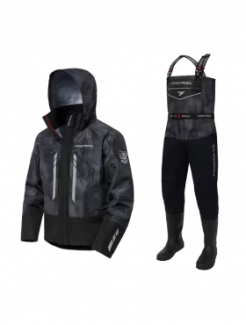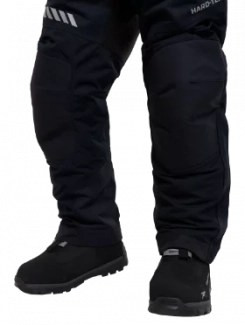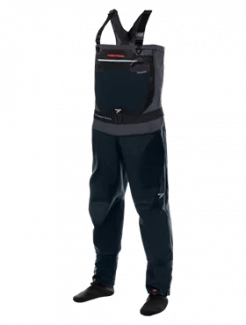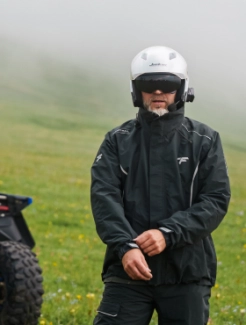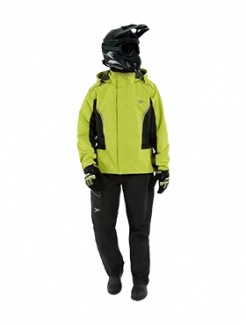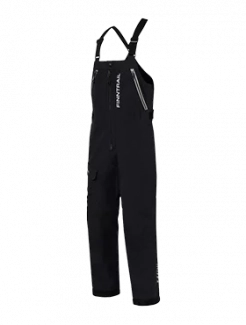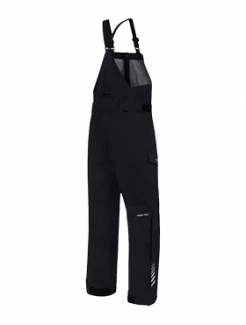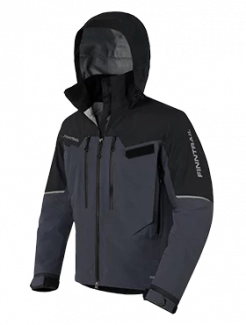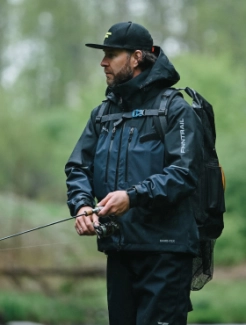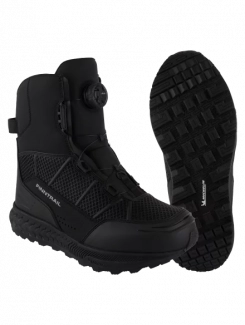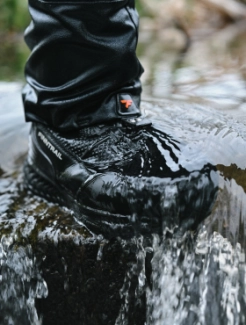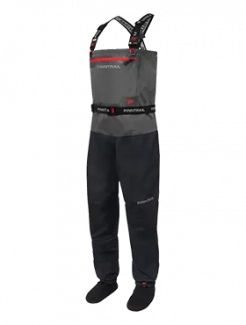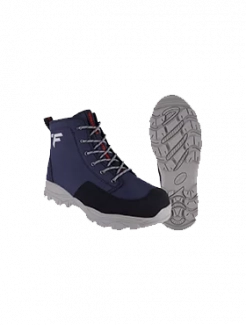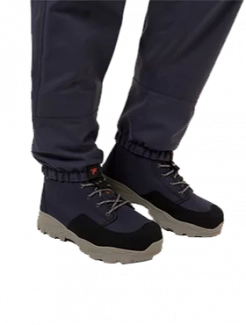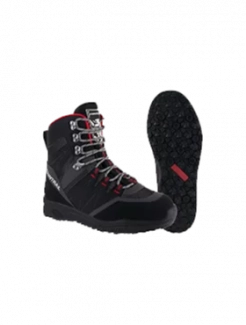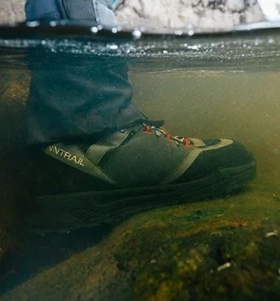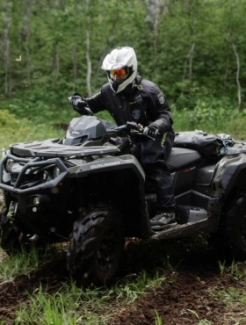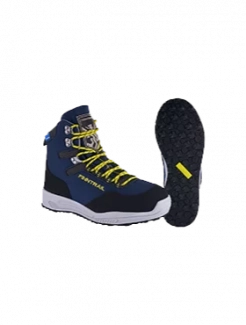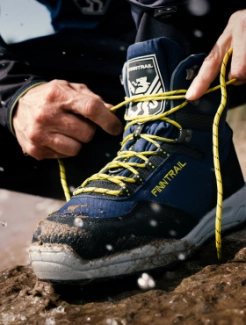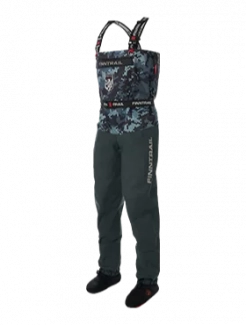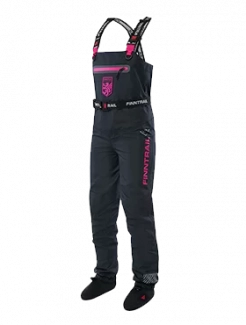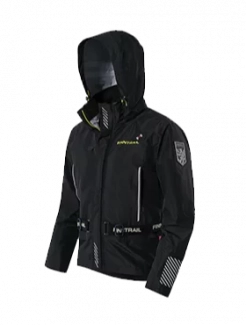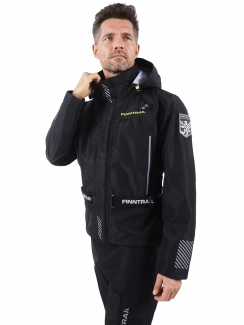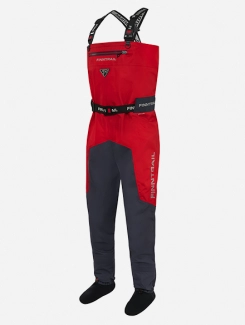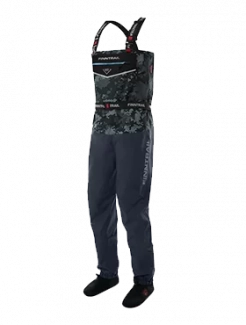How to Break In a New CVT Belt
When you purchase and install a new CVT belt in your ATV, you’ll need to spend some time breaking it in. It’s often said that breaking in a CVT belt can be one of the hardest things to do when you’re an ATV enthusiast because you’re tasked with doing something few of us like to do — take it easy!
In this article, we’ll discuss what CVT belts do, why you need to drive them in when you replace them, and how to go about it.
UNDERSTANDING YOUR ATV’S CVT
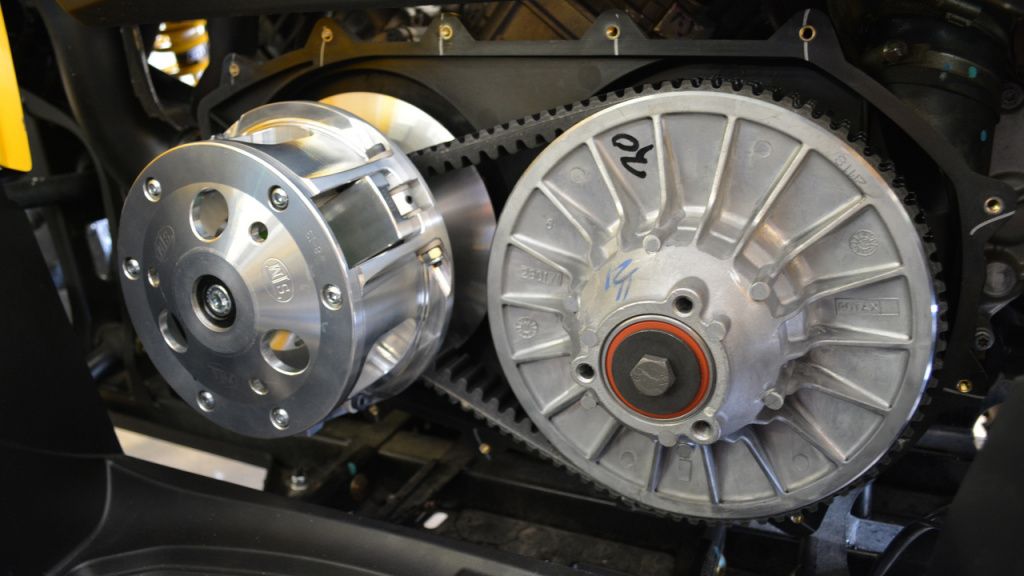
CVTs (continually variable transmissions) are found in most ATVs, UTVs, and snowmobiles. Unlike a fixed gear system, CVTs are capable of outputting an infinite number of possible gear ratios. CVTs are efficient, versatile, and usually offer a better user experience overall.
Most CVTs have two pulleys connected by a rubber belt. The pulley faces are different sizes and make a V-shape. The two pulleys don’t change from their position, nor does the length of the belt, so to change the gear ratio, the faces of both pulleys are adjusted simultaneously.
One of the pulleys is a drive pulley. This pulley gets power directed to it from the crankshaft. This power is then sent to the other pulley, known as the driven pulley, by way of the CVT belt. In the case of ATVs, the power is usually then re-directed to a sub-transmission and there will be a clutch before the drive pulley or after the driven pulley to allow the engine to disconnect from the wheels when you don’t want them to turn.
CVT BELT DAMAGE
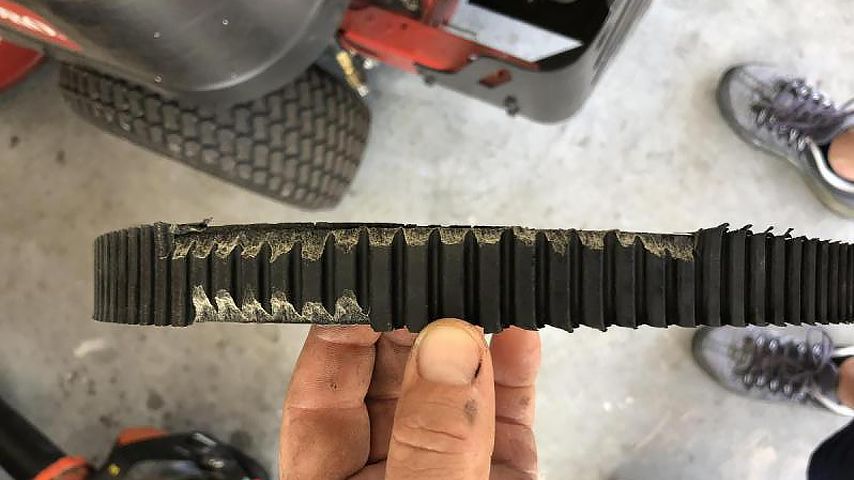
A CVT belt is unidirectional and can’t be adjusted like you can adjust a motorcycle chain. Fraying or looseness of a CVT will necessitate a complete replacement, so it makes sense to keep your CVT belt in good condition.
CVT belts can be damaged by excessive heat. If your engine is misfiring, this can suggest the belt is slipping because of this damage.
The most typical form of CVT belt damage is called hour-glassing, which happens when using a high gear when your engine is under particular stress. Hour-glassing of a CVT belt can come about because of high-gear usage when stuck in the mud, for example.
If water is accidentally ingested into the system, you’ll need to dry the CVT belt. You can do this by removing the drain plug from the clutch cover and applying some light throttle while the transmission is in park. Use variable levels of throttle to expel water and dry the CVT belt. Significant water in the system can cause serious issues, so should be avoided.
CVT belts will, ultimately, need to be replaced due to normal wear-and-tear even if you treat them well and ride appropriately. Installing a new CVT belt and driving it in correctly will ensure your new CVT belt doesn’t need a premature replacement.
CVT BELT BREAK-IN
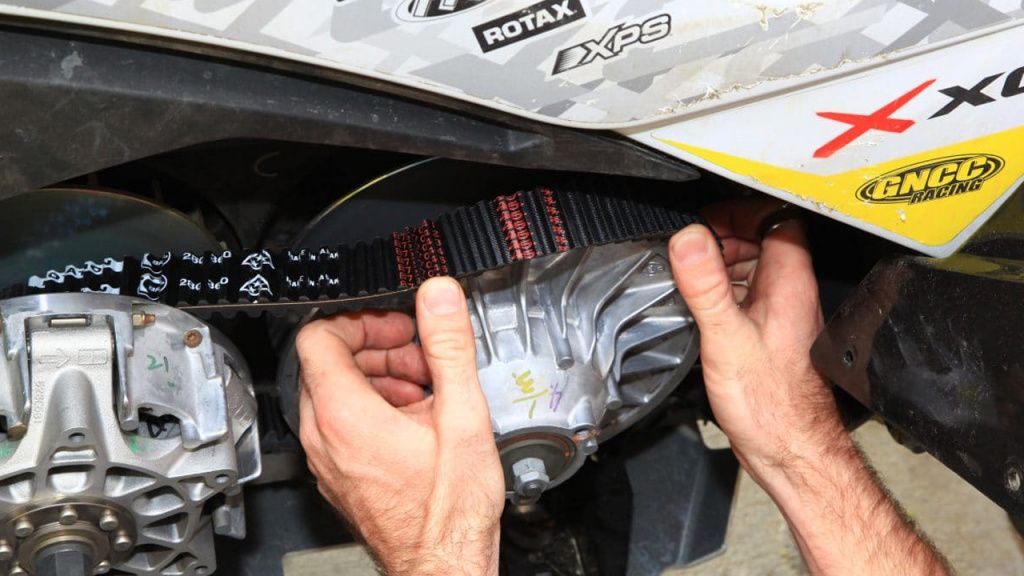
Driving in a CVT belt is simple, though it requires some patience. After installing the new CVT belt, drive slowly in low gear for the first five to 10 miles. Don’t use an open throttle yet. Some manufacturers suggest this break-in time should be extended to the first 20 miles.
If your ATV doesn’t have a low gear, it’s recommended to keep speeds low and variable while not opening up the throttle fully for the first 50 miles.
There’s more going on here than simply going slow on a new piece of equipment. The side faces of the new belt need to wear a little while mating to the correct angle of the sheaves. This takes time and is best done at low temperatures.
Allow the temperature to rise too quickly, and the new CVT belt will become damaged during your initial run-in, so it’ll never work perfectly and require a replacement much sooner than if you’d kept to low revs.
The key thing to remember is to take it easy for the first 20 miles or so, varying your speed while keeping revs low. Take a couple of breaks, too, so the CVT belt has time to cool down. We want the lowest temperatures for the break-in period. After that, your belt should serve you well.

